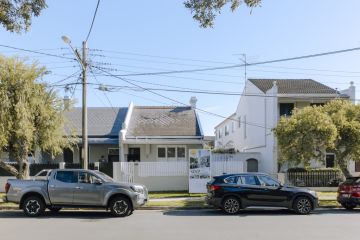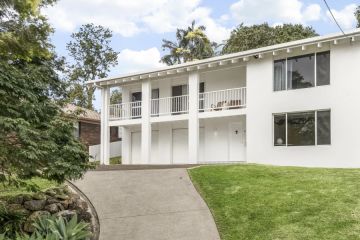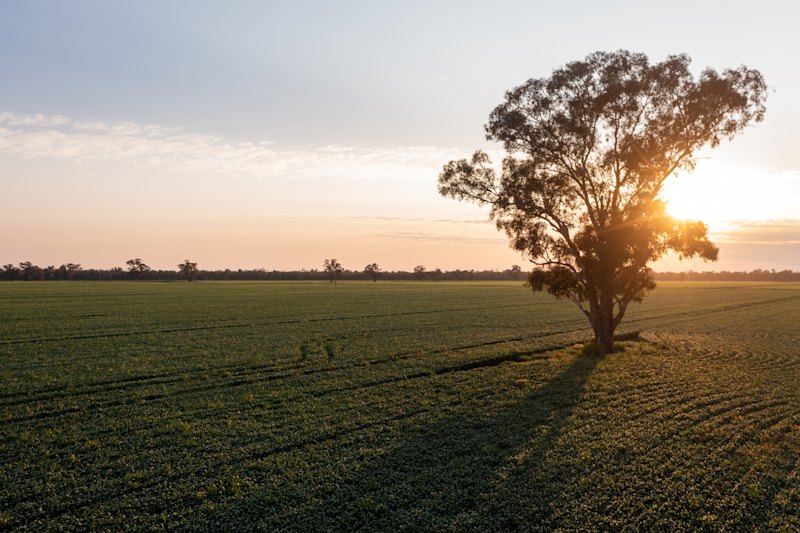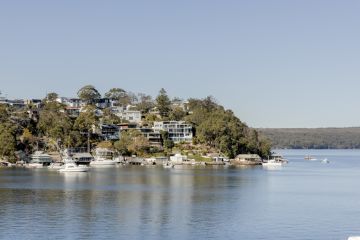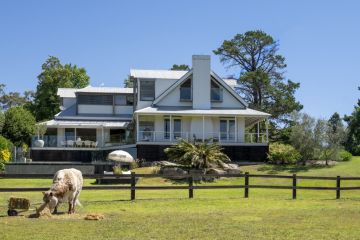How to choose an apartment that’s better than a house
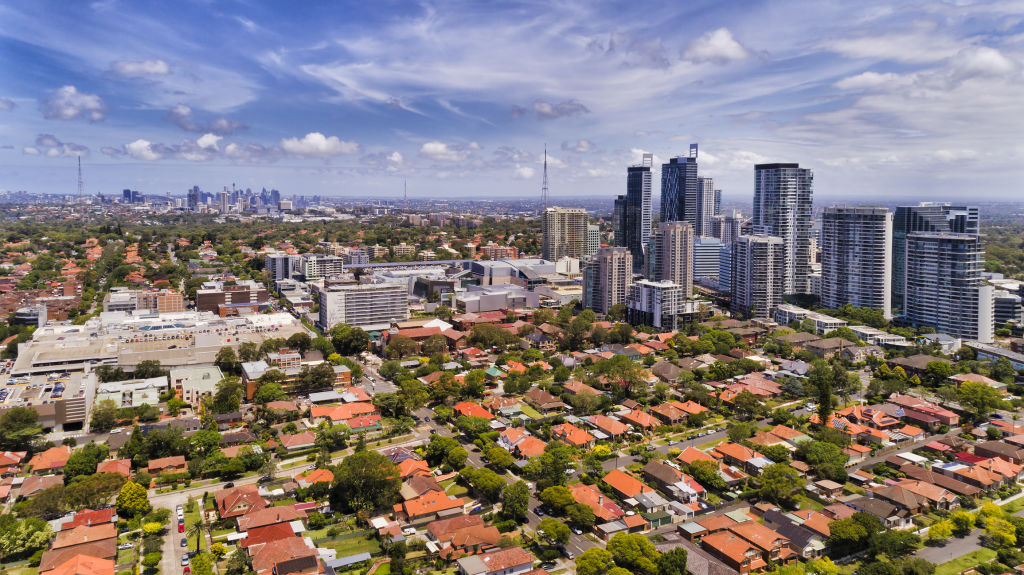
Can an apartment ever be better than a house?
The answer, in terms of both liveability and capital appreciation, is most definitely yes – as long as buyers think carefully beforehand about the location and features that will make it special.
“For busy families, an apartment can provide all the benefits of their own home without the burden of maintaining and costs of a large garden or pool,” says Tim Spencer, executive general manager of Mulpha Developments in Norwest, in Sydney’s Hills District.
“For empty-nesters and retirees, they offer the ability to downsize to an area they like, close to family, shopping and medical services, enabling them to be active in the community, allowing them to maintain good social contact and to enhance their security.
“It means people can afford to live in a great location close to transport, shops and services, education and public amenities, parks and recreational facilities, with vibrant food and entertainment scenes.”
Desirable locations
Apartments are often in some of the best localities, close to public transport like rail stations, and within walking distance of shops, cafes, restaurants and bars. Houses in similarly choice positions are either very few or unaffordable.
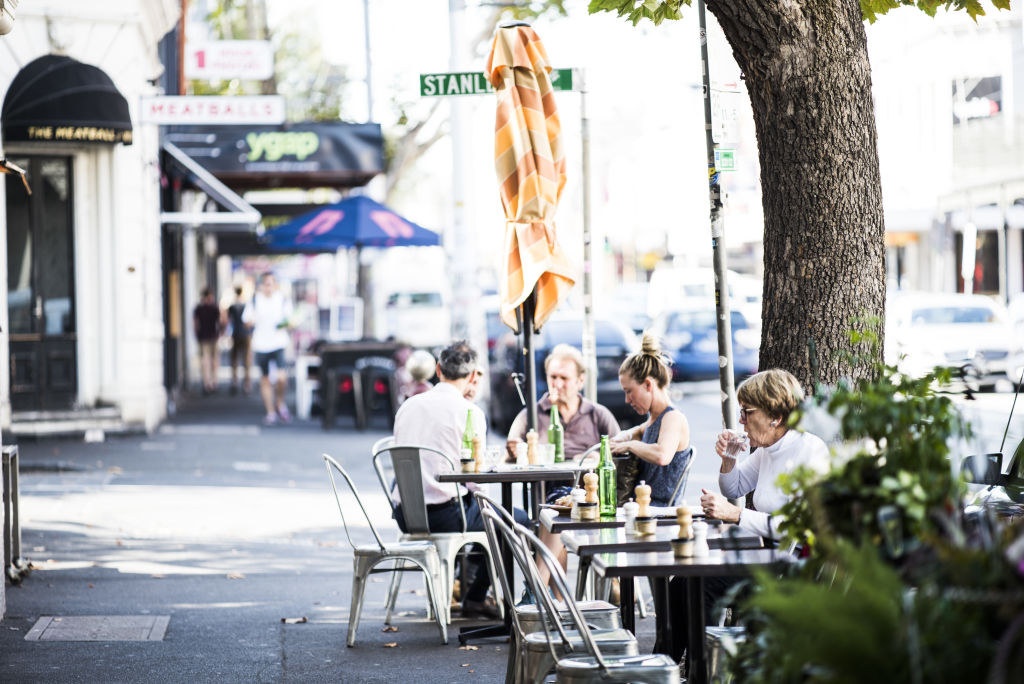
“More and more people are choosing apartments that have good external amenity,” says Tom Forrest, CEO of the Urban Taskforce. “They’re closer to train stations, buses, light rail … and often to employment hubs too.
“Choosing an apartment in a good location means people can live closer to their work and greater density means a faster-moving transport system and better infrastructure.”
Impressive views
Taller apartment buildings can offer great views of greenery, of the city or even over water. Even on lower floors, the views tend to be more open – and with more light coming into the interior as a result – than the outlook from houses.
Phil Gall, chair of the apartment-owners’ peak body the Owners Corporation Network, moved from a house in the suburbs to an apartment quite close to the city almost 10 years ago. “This provided proximity to so much more at an affordable price,” he says.
“Like many apartments, the elevation gives us an outlook that would normally only come from a high-end house on land in a prime position.”
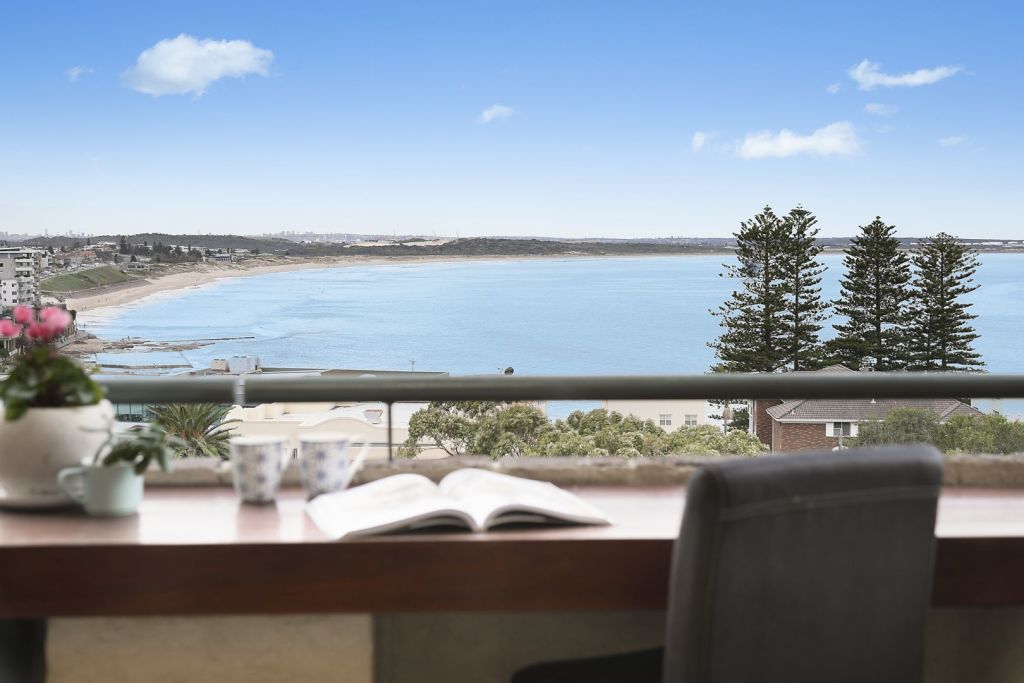
Jason Adcock of agents Adcock Prestige in Brisbane says that’s now a feature many buyers are after, and which helps the value of apartments to improve over time.
“The views from some apartments are now quite high up, and they might have stunning city views or a combination of city and water,” he says. “That’s now a big thing.”
Great design
Apartments are often newer than equivalent houses and may have better design and more up-to-date features that match modern-day living, with features like ducted airconditioning, secure parking, efficient lighting and new appliances.
“In their design, they’re much more likely to be open-plan so they won’t be as poky as some houses can be,” says Frank Valentic of buyers agents Advantage Property Consulting in Melbourne.
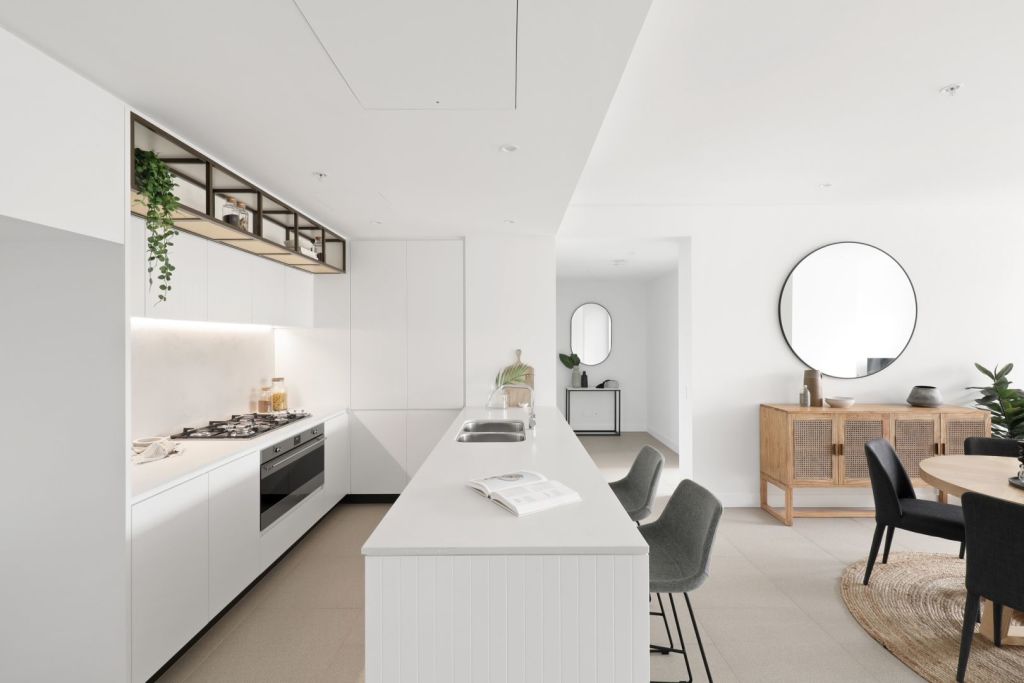
“To maximise the returns of an apartment over a house, definitely go for one that also has some outdoor space, too, which most newer buildings have. Courtyard areas are very popular with buyers.
“And if you can, go for a bigger apartment. Owner-occupiers are always wanting size. Ideally, they’ll often be looking for a three-bedroom apartment on a higher floor and facing north or north-west.”
Convenient lifestyle
It’s important to buy in a well-run building, where any problems are quickly dealt with, and maintenance is kept up continuously. Then you maximise the benefits of one of the hallmarks of apartment-living: convenience.
For owners of those, it means no more weekends spent mowing the grass, cleaning gutters and painting exterior walls and doors. Someone else does that for you, courtesy of the quarterly strata fees. Concierge services are also increasingly common, and along with advances in entry key technology, this helps to keep security tight.
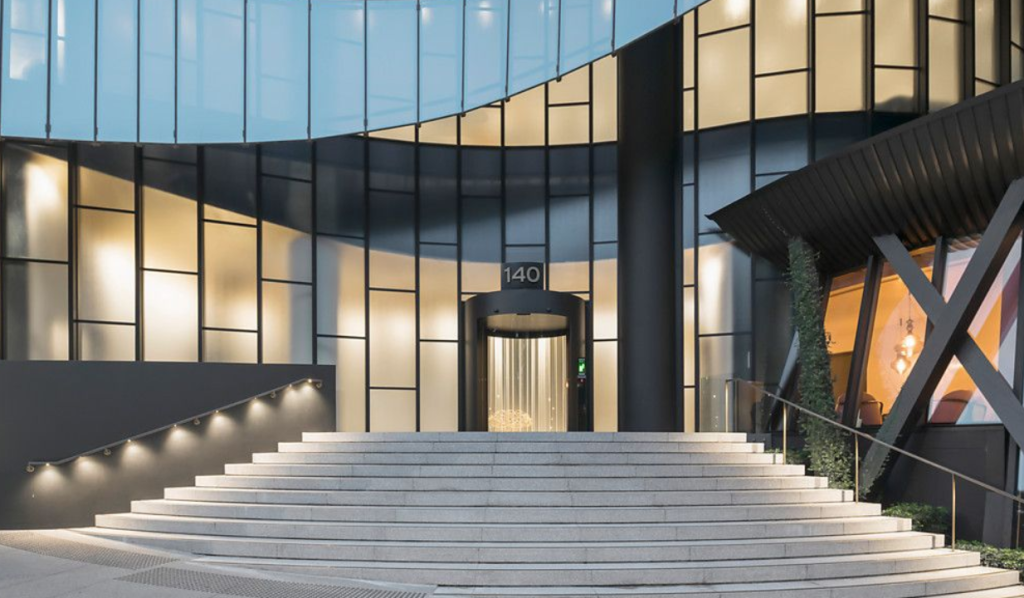
“Good security is always an important feature of an apartment, and is magnificent compared with most houses,” says Mr Adcock. “People are looking for something you can lock up and leave and never worry, which you can’t really do with a house.”
That’s something Mr Gall has found incredibly valuable. “The improved security that comes with coded access to the building is a bonus, particularly for periods of time when we are away from home,” he says.
Connected community
“We have also become part of the community within the building too, which not only helps security, but also that community feel really adds to the overall quality of living, health and lifestyle,” Mr Gall said.
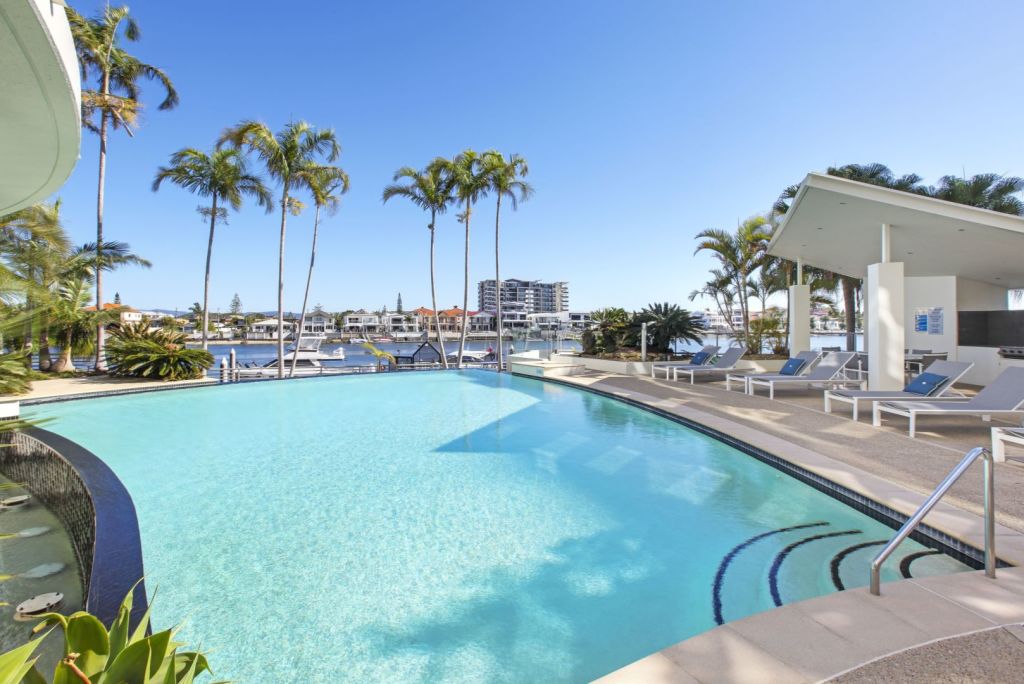
Those health factors are increasingly important for many buyers and, as a result, developers, believes Mr Spencer, whose company, Mulpha, recently received planning approval for its $1 billion master plan for The Greens apartments on four hectares, of which 70 per cent will be landscaped community open space.
“Very topical right now are also the health and well-being aspects of being in a tight-knit community where organised events help facilitate social relationships,” he says.
“The ‘shared-economy’ value of apartments means that property owners can have access to social amenities like gyms, pools and barbecue areas for a fraction of the price of houses, as well as music rooms, theatre rooms, tuition and game rooms, bike and car-share schemes, and communal gardens.”
We recommend
States
Capital Cities
Capital Cities - Rentals
Popular Areas
Allhomes
More
- © 2025, CoStar Group Inc.
